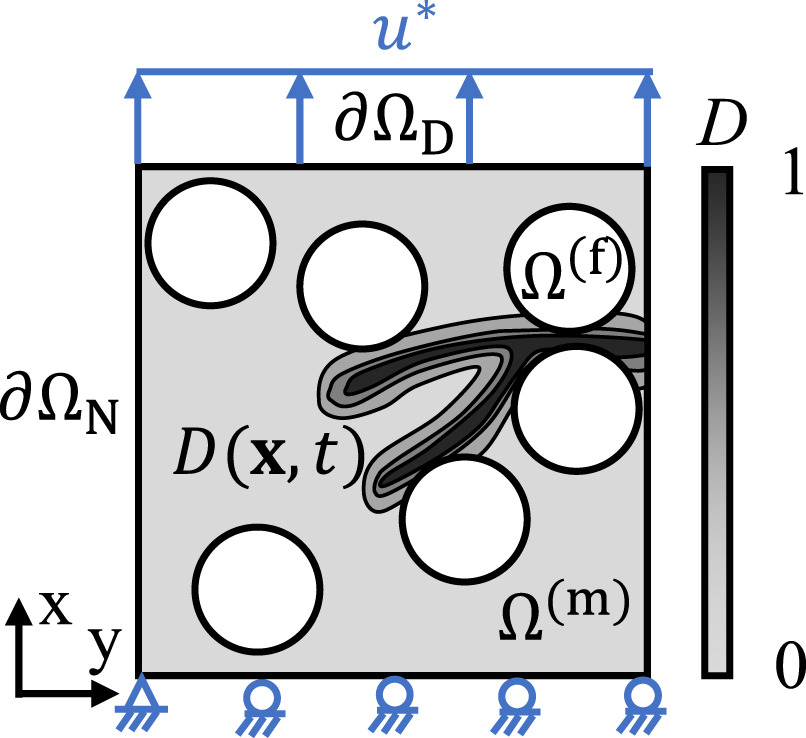Gao, Yuxiang; Duddu, Ravindra; Kolouri, Soheil; Gupta, Abhinav; Prabhakar, Pavana. “An inverse design framework for optimizing tensile strength of composite materials based on a CNN surrogate for the phase field fracture model.” Composites Part A: Applied Science and Manufacturing, vol. 192, 2025, 108758, https://doi.org/10.1016/j.compositesa.2025.108758.
This paper introduces a new method for designing composite materials by using a convolutional neural network (CNN) to predict how the material will respond to stress based on images of its structure. The CNN model is paired with a simulator that generates these images from the material’s design parameters, keeping important information needed for optimization. This combination allows for efficient design improvements using gradient-based optimization methods. The results show that the approach can significantly increase the strength of materials beyond what was seen in the training data. Interestingly, the optimized designs for both unidirectional and bidirectional strength resemble common human-made patterns like hexagonal and diamond shapes. The method also works for materials with existing cracks, showing its potential for designing stronger materials by adding small amounts of second-phase material to improve tensile strength.
Fig. 1. Schematic of the solid domain showing the representative volume element (RVE) of a fiber-reinforced composite microstructure and a diffused crack interface described by the phase field variable .
